M: The Masters of Cinema Series
Generally considered one of the finest German films ever made, M came at an interesting juncture in cinema, with sound in its infancy and director Fritz Lang having spent his entire career making silent pictures.
Inspired by the real life serial killer Peter Kürten, M surrounds the panic and police investigation into a child killer in an unnamed German town. With some children already missing and a 10,000 Mark reward for the perpetrators arrest, the film begins with a young girl, Elsie Beckmann, being approached by a man who buys her a balloon and, with the subtlest of touches, Lang shows her ball roll out of some bushes and the balloon fly away. Elsie Beckmann is the latest victim.
The killer likes to taunt the authorities, writing letters to the police and newspapers but giving no clues, only to say that he isn't finished. As he has bought the balloon from a blind vendor, there are no eyewitnesses and those that come forward tend to be extremely unreliable and in it for the reward money.
With the police investigation going nowhere, although a handwriting expert has identified many of the murderer's character traits from the letters he has written, they crack down on petty criminal hangouts and arrest prostitutes, thieves and those without identification. This brings in the towns crime bosses who are sick of their enterprises being disrupted by the authorities due to the actions of one man and decide to take matters into their own hands and send out orders to look for anyone who may be the Kindermörder, follow them and identify them.
Nothing happens until the blind balloon vendor recognises a customer whistling Grieg's 'In the Hall of the Mountain King', the same tune that Elsie Beckmann's killer whistled, and signals for someone to follow him. The vagabond sees the man with a young girl and, sure that he is the killer, writes an M on his hand in chalk which he deftly transfers to the man's shoulder. With him identified and the police now sure of the killer's identity due to their own investigation, which employed much more scientific methods, the murderer finds himself on the run from a baying mob and holes up in an empty factory.
In Fritz Lang's superlative oeuvre, M stands out alone as probably the greatest achievement and most important film that the great director ever made. His work in the silent era was full of stand-out films and he went out to become a powerful force in the sound era but this transitional film uses sound when necessary and silence to immense effect. The subject matter is undoubtedly explosive and emotive and the film is all the more powerful for it, with a powerhouse performance by Peter Lorre as Hans Beckert who ends up pleading for his life with such conviction and emotion that the audience's moral compass is skewed to the point where you feel sympathy for the murderer.
The direction is quite superb with wonderful monochrome photography by Fritz Arno Wagner which uses the natural architecture and sets to create deep shadows, piercing light and some extraordinary angles - one shot of Inspector Lohmann, when he is at his lowest, is shown from the lowest of low shots and makes him look almost grotesque. M is immensely powerful and stands up to repeated viewings and academic scrutiny as one of the greatest German films ever made and the first one about a serial killer.
The Disc
Extra Features
The disc has two commentaries, one brand new and one from several years ago that is on the Criterion Collection release. The latter is a fairly dry, academic affair from film scholars Anton Kaes and Eric Rentschler who do provide insights into the film and its historical significance but the track is blighted by too much dead air. The new track has been pieced together, 'hosted' by historian Torsten Kaiser who provides his own information and introduces contributions from Martin Korber who talks about the restoration process, Peter Bogdanovich, who interviewed Lang and wrote a book about him and clips from that interview. It has been very well put together so the contributions match the visuals but you need to listen intently to the Lang interview as the quality is poor due to it being recorded for research rather than publication.
The 21 minute Zum Beispiel Fritz Lang, from 1968, is a fascinating documentary about the great filmmaker in which he discusses his career.
The real coup is the addition of the recently discovered English version which was released in 1932. Silent films could easily be distributed around the world simply by adding different intertitles but sound was tricky as you needed multi lingual actors or different casts. This is a mix of the two with Lorre performing in English, other actors being dubbed and some being replaced with English thespians. The visual quality isn't great (upscaled to 1080p) with plenty of scratches and grain but it is fascinating to show the slight differences and cuts that were made to suit the British Board of Censors, who still slapped it with an A certificate.
The booklets that accompany Masters of Cinema releases are usually of high quality with articles and photographs and this is no exception with a Q&A with Fritz Lang, an essay about the film by him, a breakdown of a missing scene and an article by historian Robert Fischer.
The Picture
M underwent a painstaking restoration process as the original negative was cut down and incomplete so the team had to trawl around museums across Europe and have found, and integrated, camera negatives from countries such as France, Germany and the Netherands. All of this was then restored at 2K and is of an extremely high quality. You can tell what came from the original nitrate and what has been inserted from the camera negatives but that is only because the nitrate material is of such a high quality and, though they have both undergone a fair amount of digital treatment, removing scratches and grain picked up over the years, you can't beat the original nitrate.
The picture is of an extremely high standard and, just as it should be, runs at 24fps and has never looked better. The difference between the restored version and the English version is startling and makes you appreciate the work that went into restoring it all the more.
Lang shot the film with an almost documentary style, using clever angles and amazing editing, including parallel editing in the scene where the police and criminals are discussing how to track down the murderer. This is a bravura scene by a great director and the climax is immensely powerful.
The Sound
Emphasising the documentary style is the absence of a score, with the only music being the Grieg tune (that is actually whistled by Lang) and the film uses subjective sound so, if a character can't hear something, neither can you.
The sound is beautifully presented by the DTS-HD Master Audio 2.0 track so the audio is clear and the film is very well subtitled so non German speakers will have no problem following events.
Final Thoughts
For a masterpiece by one of cinema's true greats, you expect a new release to be something special and The Masters of Cinema don't disappoint with a fantastic package. This is definitely one to buy; it's even worth a double dip if you already own the Criterion release.
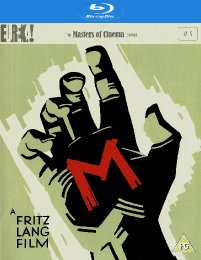
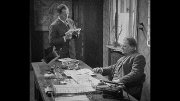
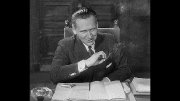
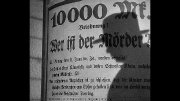
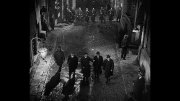
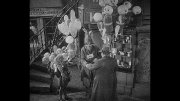
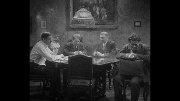
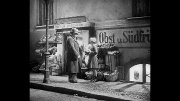
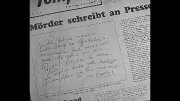
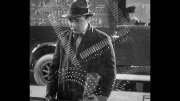
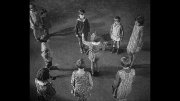

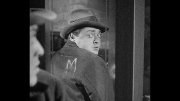
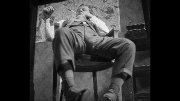

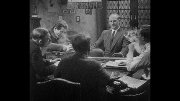

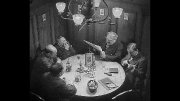










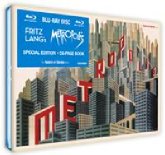






















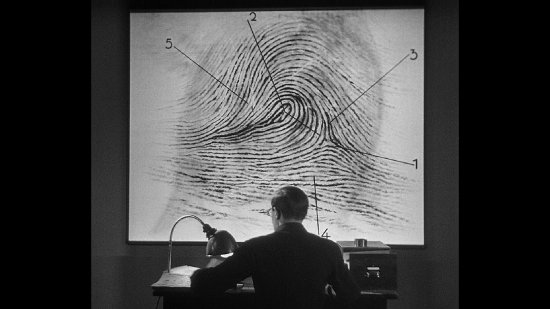


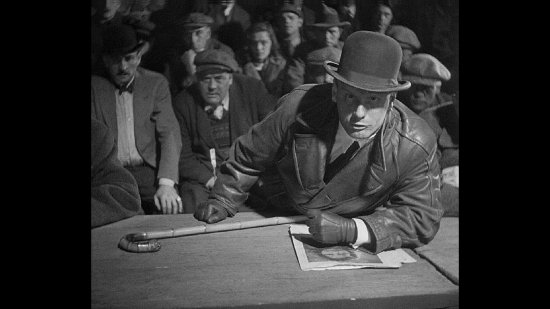

Your Opinions and Comments